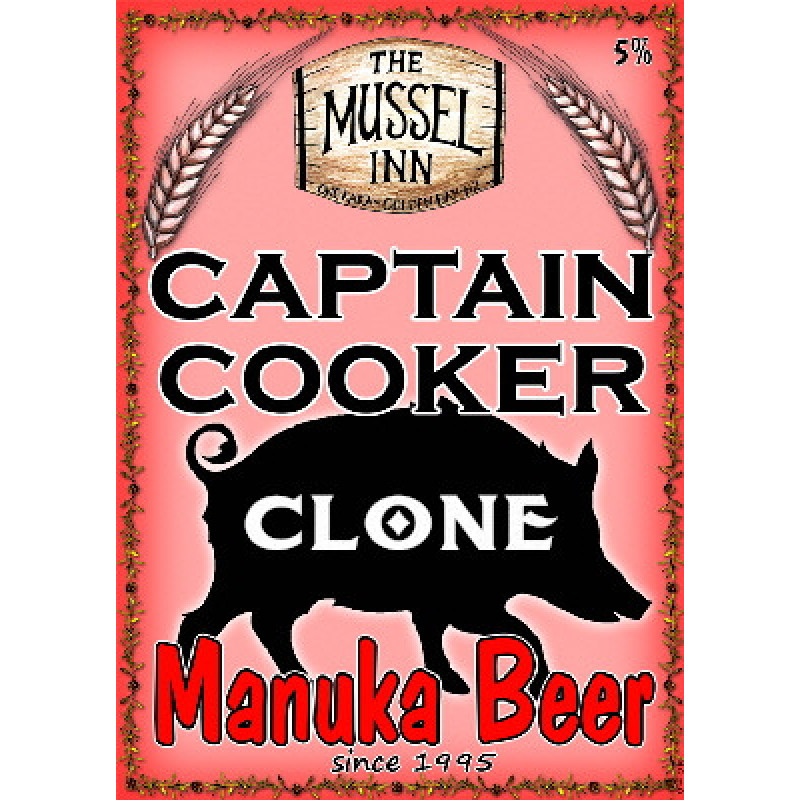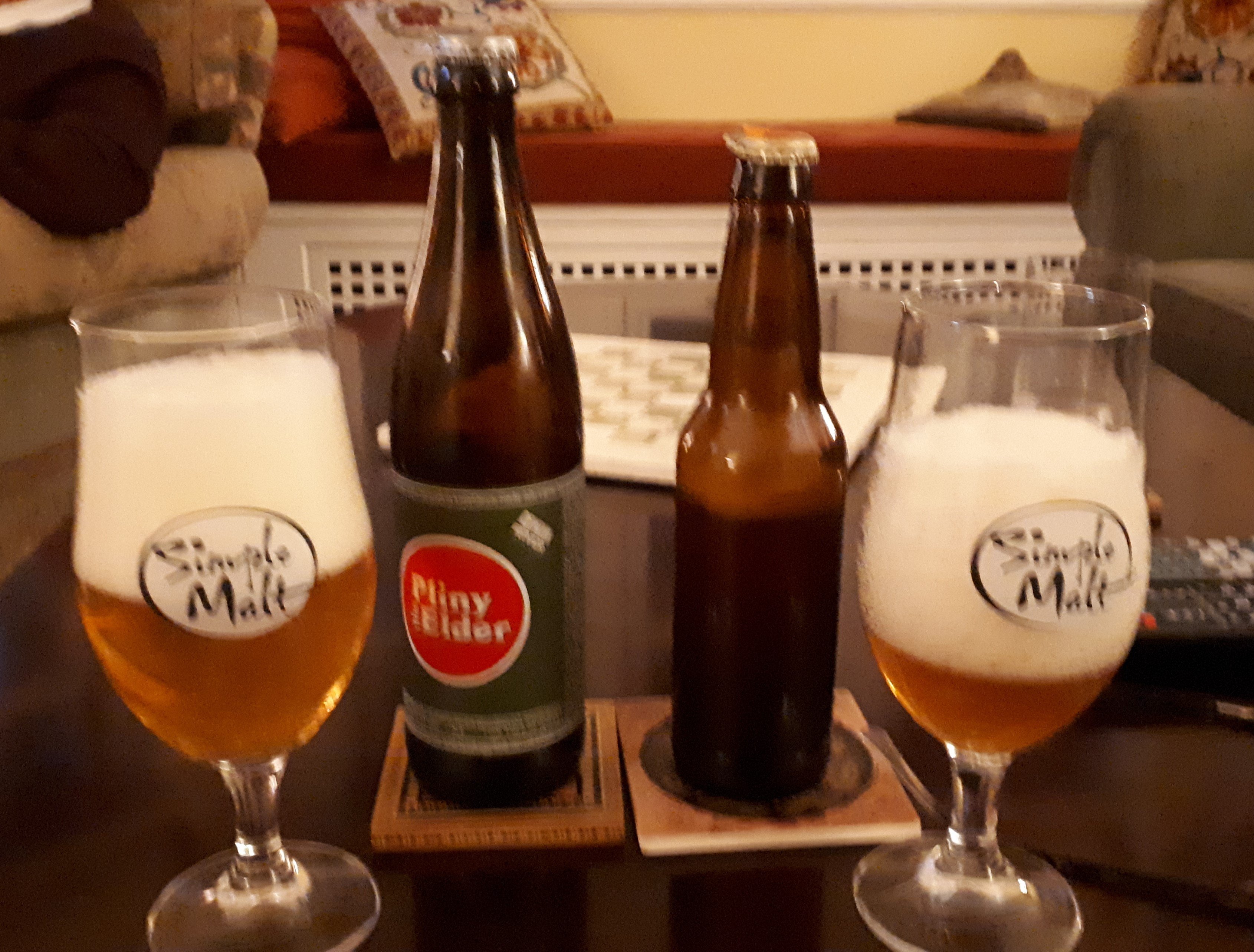

Often hazy, with a color ranging across the gold spectrum, from deep to pale. Aside from White IPA, these include the following: In total, there are six “Specialty IPA” styles included in the BJCP guidelines. The BJCP classifies the White IPA beer style under category number 21, “IPA” and it can be found in the guidelines as sub-category (21B), “Specialty IPA.” Other Specialty IPA Styles: Medium-light body with medium to medium-high carbonationĬheese Enchiladas, Avocados, Chicken Fajitas Sharp Cheddar, Blue Cheese Moderate-to-high fruity esters Light & bready maltiness Notes of grapefruit, orange, apricot or banana are common Clove & other spices are possible Hop bitterness will be high while hop flavors will be medium-to-high Dry & refreshing finish. Light-to-Medium spice aromas Fruity esters should be noticeable Hoppiness should be low-to-moderate. Ranges from hazy deep gold to hazy pale yellow Moderately large white head that sticks around. Thus, a new beer style was born.įive years later, the Beer Judge Certification Program (BJCP) officially recognized White IPA as a new style within their release of the 2015 style guidelines, making it an official addition to the craft brewing family. Like all brewers, the recipe was tweaked, refined and perfected. They were a hit! And soon after, countless other craft breweries followed this first collaborative example, creating their own recipes for this still unnamed style. A buzz that was impossible to stop, especially once craft beer drinkers started to go out of their way to hunt down one or - striking the lucky mother lode - both of these new brews. A buzz in the beer world began to simmer around this collaboration.


The two renditions, though born of the same exact recipe, came out quite different. 2 and Boulevard’s was simply named Collaboration No.
#HARPOON IPA CLONE ALL GRAIN SERIES#
Just to see what would happen.Īfter they’d hammered out the details of their experimental recipe - which included additions of lemongrass, white sage, coriander, and orange peel - each brewer went home and produced their own version of the beer.ĭeschutes called theirs Conflux Series No. They decided to combine their respective strengths and create something totally new. In 2010, Larry Sidor, the brewmaster at Oregon-based Deschutes Brewery, and Belgian-born Steven Pauwels, brewmaster at Boulevard Brewing, got together to develop a collaboration recipe.ĭeschutes was known for its hoppy brews, while Boulevard was known for playing in the wheat fields. So, what brought these two unique beer styles, which seem to have so little in common, together?Īppropriately, it was a collaboration between two craft brewers that created the style.


 0 kommentar(er)
0 kommentar(er)
